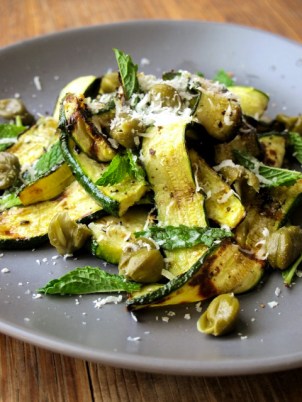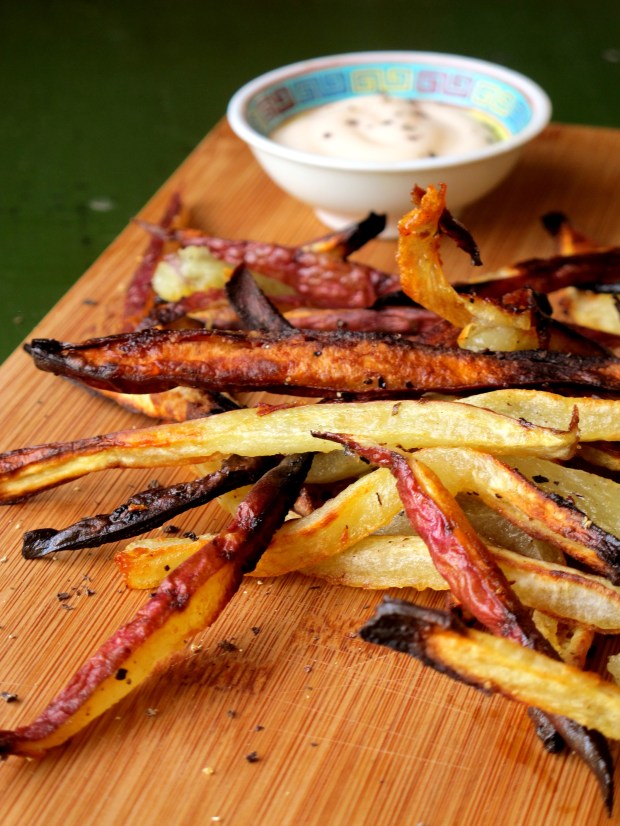One of Korea’s most loved dishes, japchae seems to be one of those dishes that can be found almost everywhere and at any time. Be it at breakfast, dinner or at a party, japchae is almost sure to be a feature. Like so many national dishes in Asia, food can represent so much more than just a tasty meal; in the case of japchae it is all about colour and harmony. Translating as “many kinds of various vegetables” japchae is made with the five colours that the Koreans believe reflect obang saek or world harmony to you and me. Each colour symbolises one of the five universal directions – North (black: beef/mushrooms), East (green: courgette/cucumber), South: (red: carrot), West (white: onion) and, most profoundly, the Middle (yellow: egg).
World harmony aside, the best news about japchae is that it is banting and LCHF friendly! Okay, so there is a bit of sugar in the recipe, but at its core japchae’s sweet potato starch noodles are a great low carb alternative to the regular wheat variety and taste infinitely better than courgette noodles.
Noodles without the carb-induced guilt; now what could possibly be better than that?
To be honest I was a bit hesitant about trying japchae when I first encountered it at a breakfast buffet in Seoul. I had tried cooking with Korean sweet potato noodles previously and it was a bit of a disaster, but I figured it couldn’t hurt to give it another go. I’m so pleased that I did! Chewy, beefy and incredibly satisfying; from the first bite I knew japchae was going to be one of the first Korean dishes I would attempt to recreate when I got back to my kitchen in Cape Town.
As it turned out, making japchae at home is relatively easy and aside from the sweet potato noodles themselves, all the ingredients are Asian store-cupboard staples. The only real difficulty is that the numerous components of the dish need to be individually prepared and cooked before being assembled, but other than that it is actually pretty straight-forward. Just don’t be tempted to soak the sweet potato noodles for longer than 30 minutes or overcook them as this will affect their texture.
Most of the japchae I had whilst in Korea actually didn’t contain any meat so if you would like to make a vegetarian version of the dish simply omit the beef. If you do, however, want to make a meat version then you can also substitute the beef steak with some mince instead.
For more Korean recipes from The Muddled Pantry, please click here
For tips on stocking a Korean Pantry, please click here









